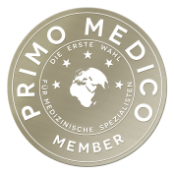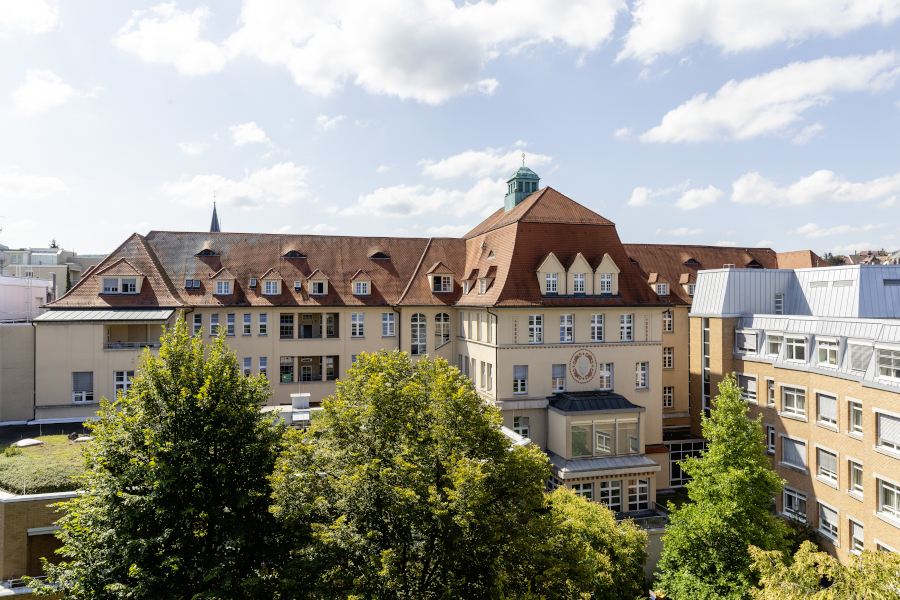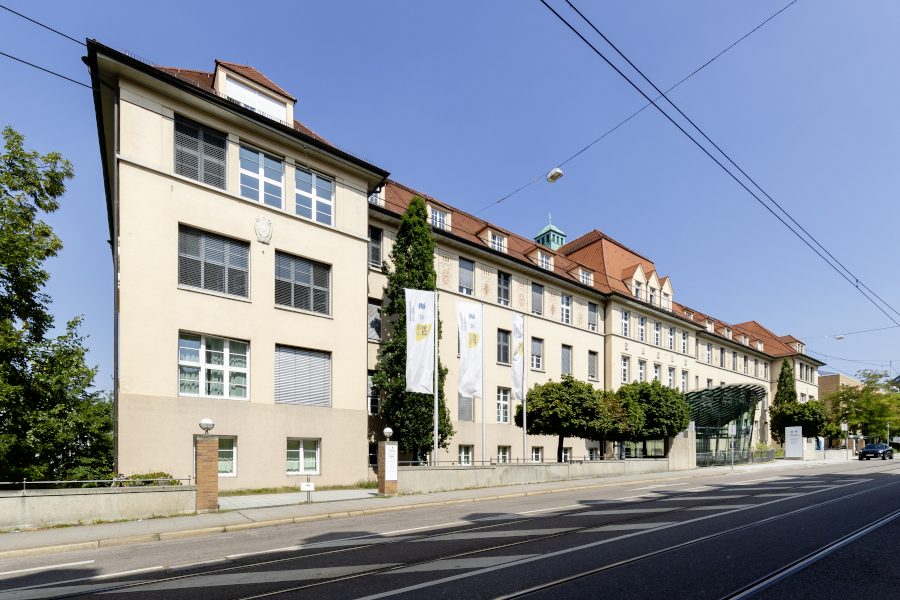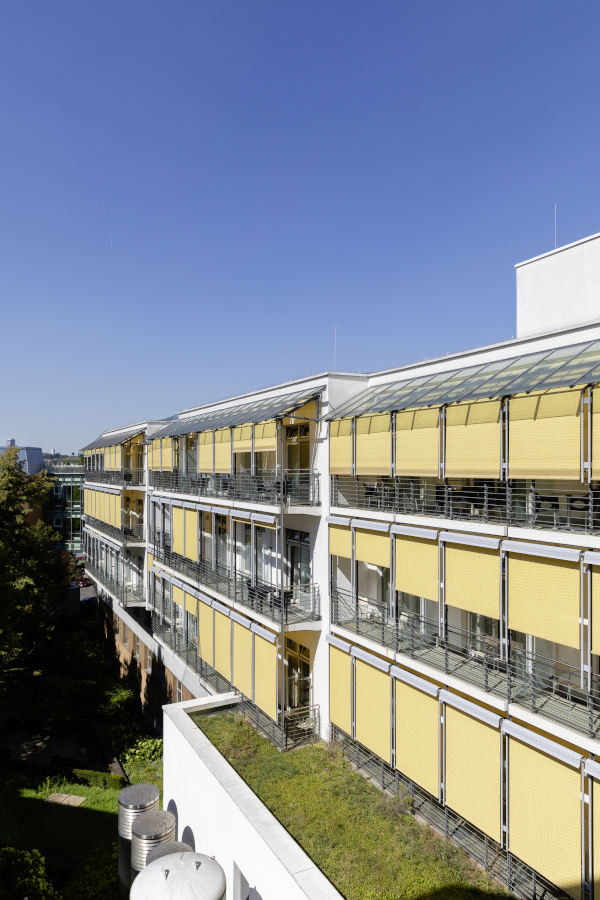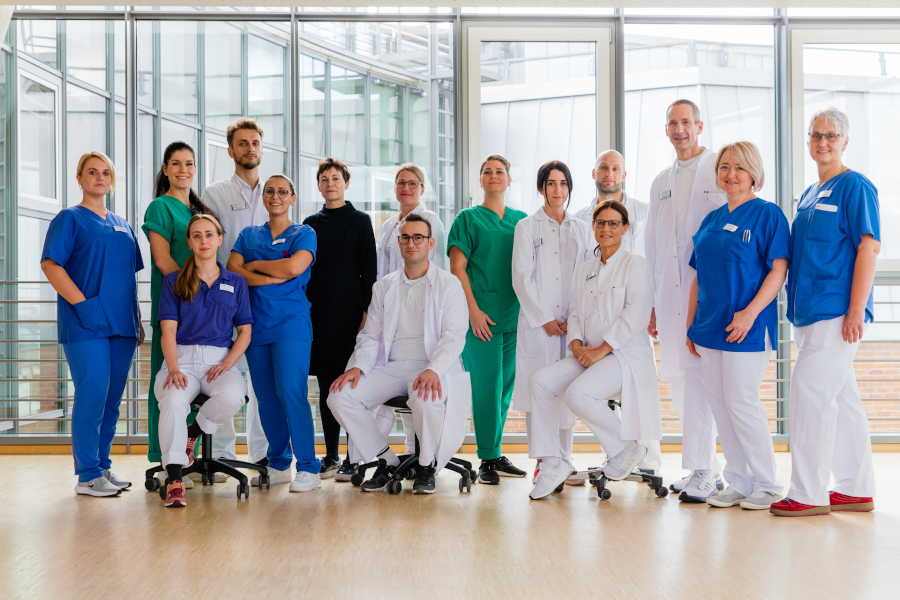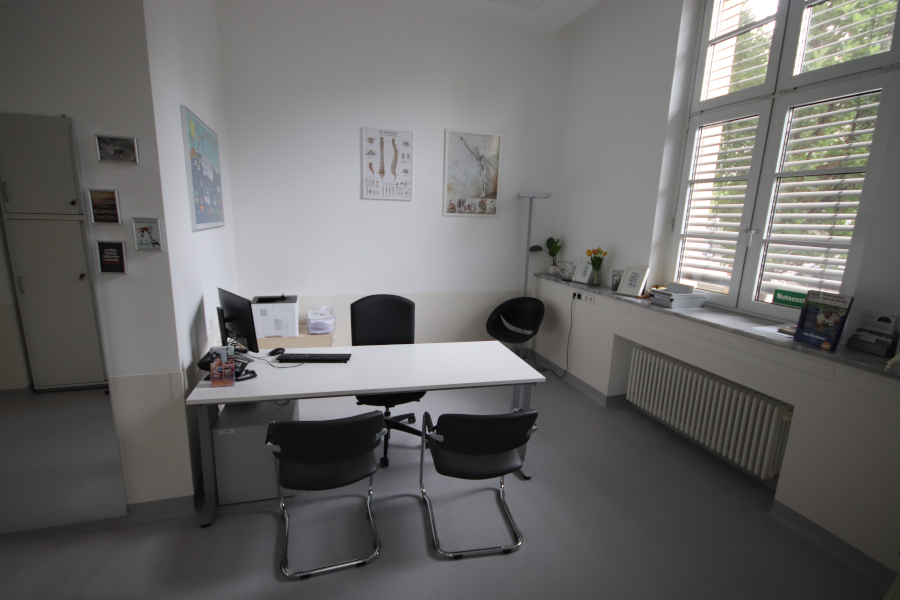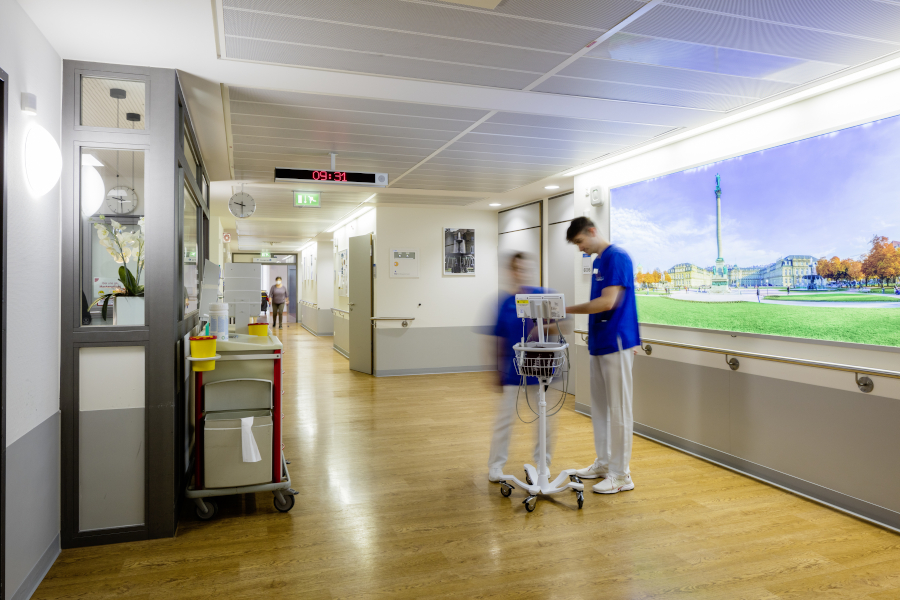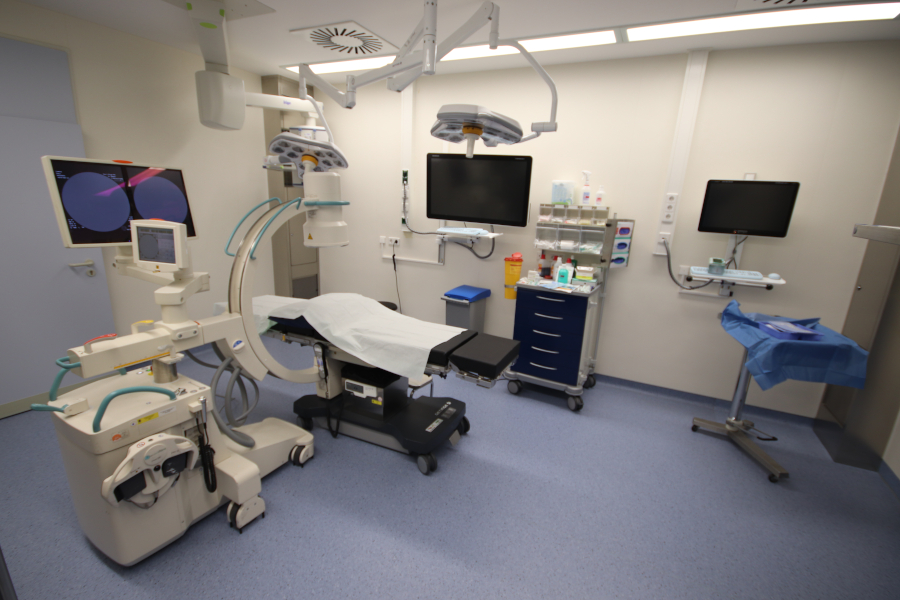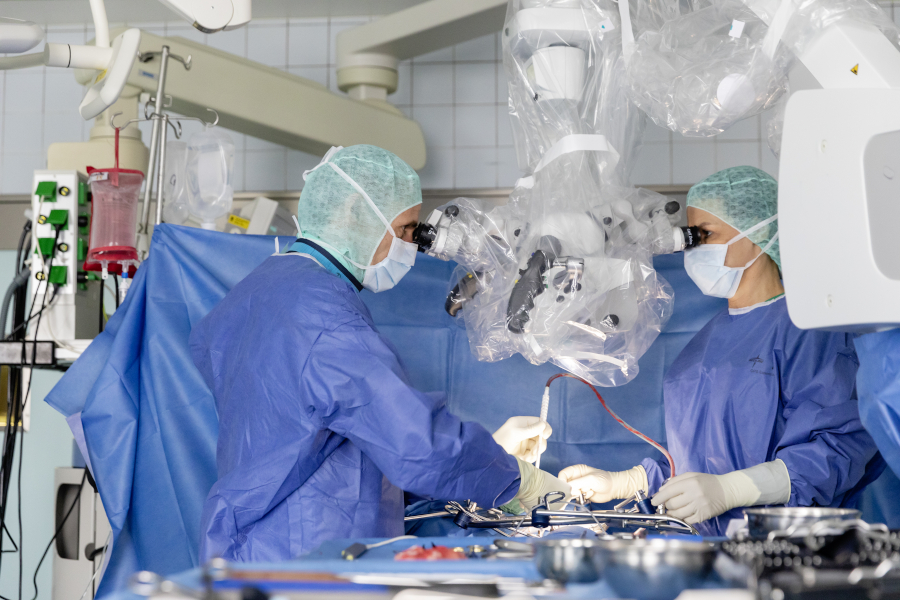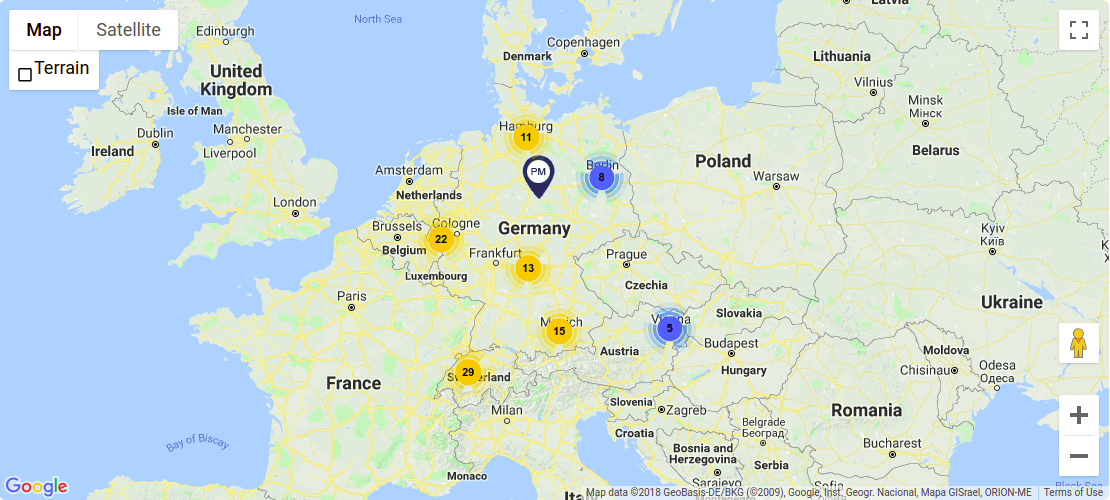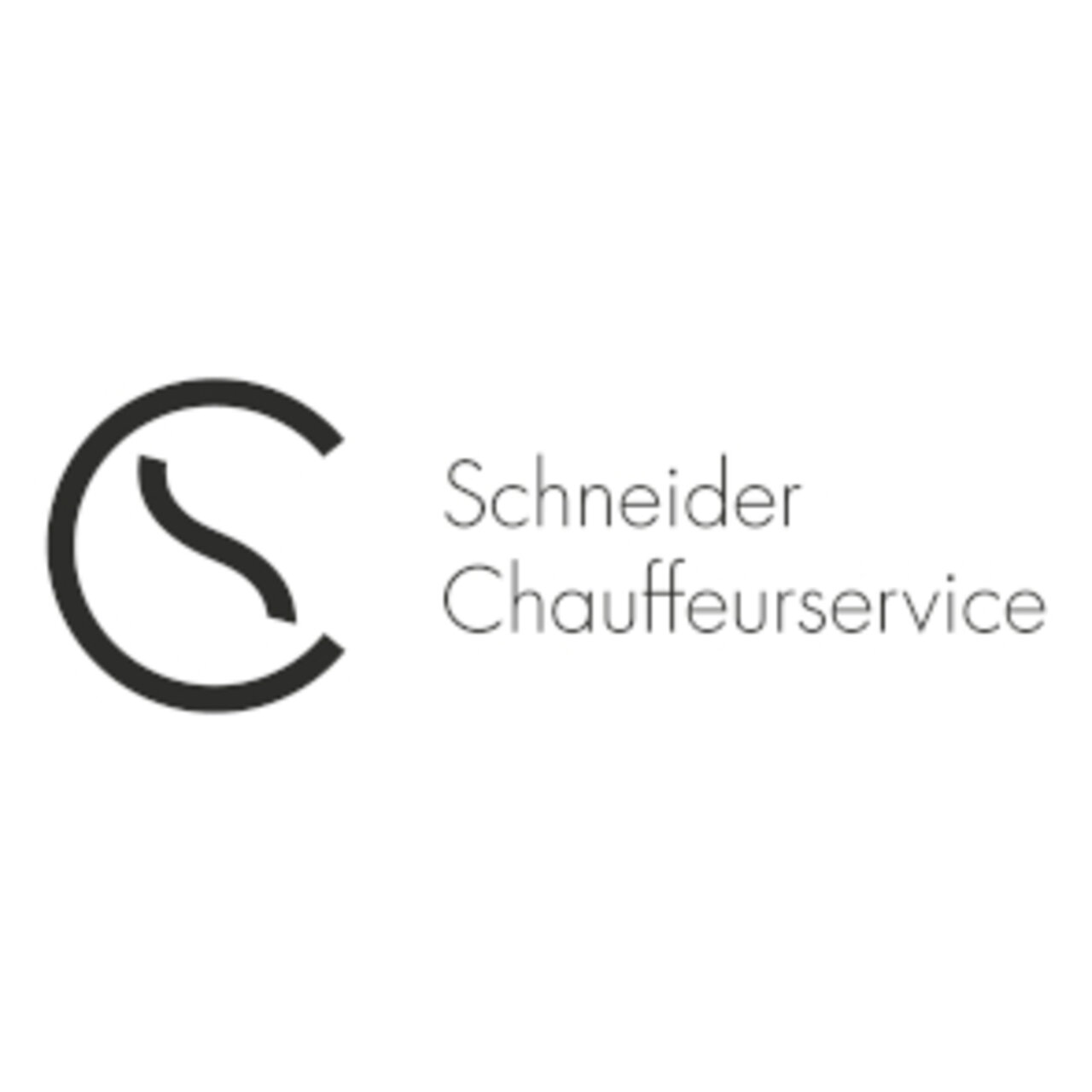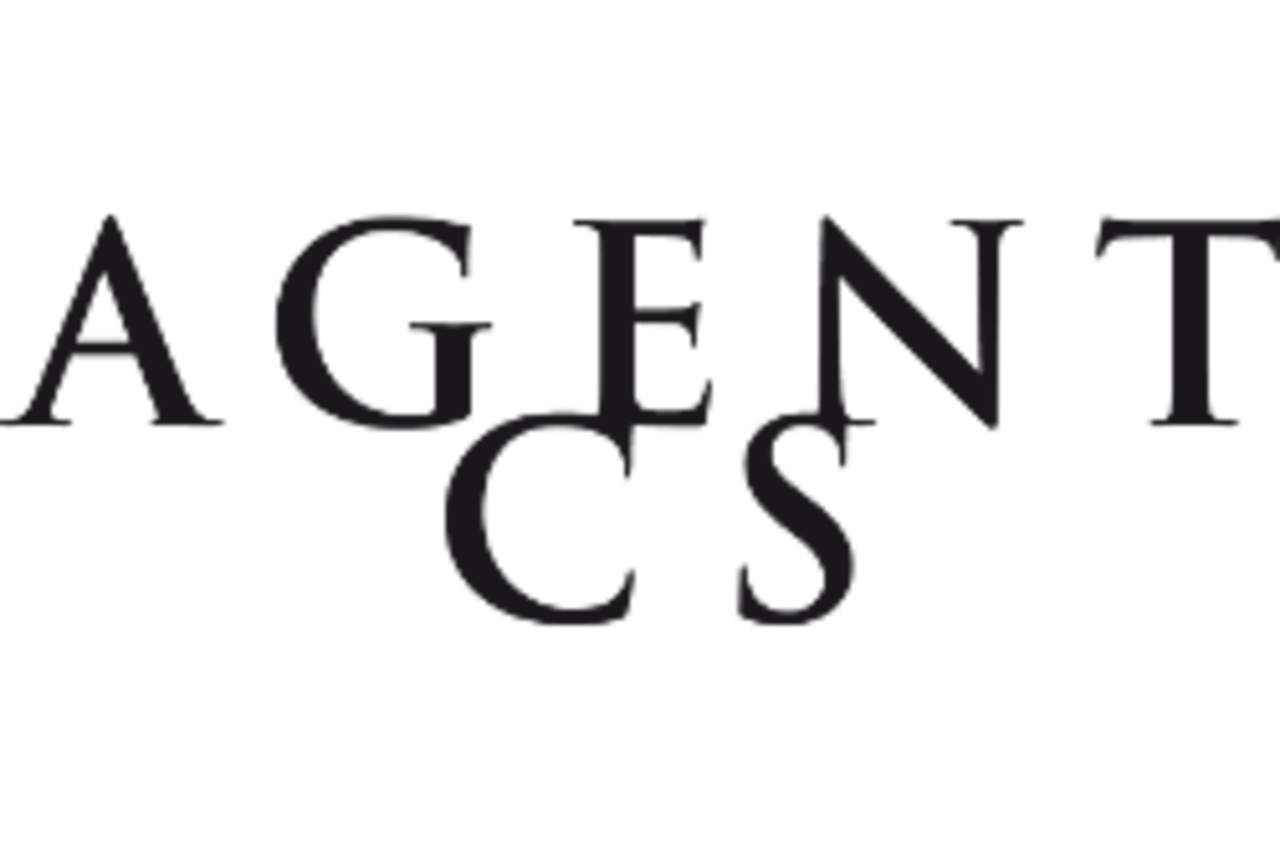Spine Surgery Stuttgart (Baden-Württemberg): Dr Büchin & Dr Schall
Treatment focus
- Herniated discs and recurrences of the cervical, thoracic, and lumbar spine
- Microsurgical relief for narrowing of the spinal canal (spinal canal stenosis)
- Minimally invasive percutaneous stabilization (spinal fusion) for spinal injuries and tumor infestation
- Stabilization surgery (spinal fusion) for degenerative spinal diseases, curvature of the spine, rheumatism, tumors, inflammation, and injuries to the spine including vertebral fractures
- Balloon kyphoplasty for vertebral body fractures and tumor infestation
- Vertebral body replacement and replacement of diseased intervertebral discs (intervertebral disc prostheses)
Contact
Karl-Olga-Krankenhaus
Center for Spine Surgery and Back Therapy
Hackstraße 61, D-70190 Stuttgart
P: +49 711 9757 3556 F: +49 711 2639 2383
Consultation Hours:
By appointment
Please come to the appointment with all available imaging material (X-ray, CT, and MRI) on CD and, if possible, with the findings. Old diagnostics are also important for evaluating the course of the disease.

Medical Range
Range of Diagnostic Services
- Orthopedic, manual-therapeutic physical examination
- X-ray of the entire spine and skeletal system
- Sonography and elastography
- Computer tomography
- Magnetic resonance imaging (MRI)
- Radiation-free back scan (IDIAG)
- BIA measurement
- Nutrient and hormone analysis
- Osteoporosis basic laboratory
- Q-CT (bone density measurement)
Range of Therapeutic Services
Conservative:
- Manual medicine
- Image converter-assisted infiltration therapy, according to IGOST
- Short-term inpatient pain therapy with epidural catheter, physiotherapy, and supply of medical aids if necessary
- Hormone replacement therapy
- Micronutrient therapy
- Osteoporosis therapy
Surgical:
- Endoscopic facet joint and sacroiliac joint denervation (sclerotherapy)
- Microsurgical and endoscopic nucleotomy (intervertebral disc surgery)
- Microsurgical osteo-ligamentous relief of the spinal canal
- Minimally invasive, percutaneous stabilization with screw-rod system for injury and tumor infestation
- Stabilization surgery (spinal fusion) with microsurgical decompression for degenerative spinal disease, rheumatism, tumor infestation, inflammation, injury
- Balloon kyphoplasty
- Vertebral body replacement via mini-lumbotomy and mini-thoracotomy
- Implantation of pain probes
- Removal of intradural tumors and cysts
- Revision surgeries on the spine and spinal canal
More Information
Card
The Center for Spinal Surgery and Back Therapy at the Karl-Olga-Krankenhaus in Stuttgart, under the direction of Dr Petra Büchin and Dr Harald Schall, specializes in the conservative and surgical treatment of diseases of the cervical, thoracic, and lumbar spine.
Focusing on surgical spinal surgery, the highly specialized team around Dr Büchin and Dr Schall provides routinely treatment and surgery for all diseases of the entire spine and sacrum as minimally invasively as possible, microsurgical in the spinal canal, very precisely and gently with good results. Stabilizing procedures such as screw-rod systems are used openly or minimally invasively if necessary. Supported by a competent nursing and therapy team, high-quality medicine based on modern knowledge is guaranteed.
Muscular problems and imbalances cause most back pain. Therefore, a holistic prevention consultation and a consultation for conservative back therapy are offered in an outpatient setting as a service for self-payer.
Prevention: Therapy Plan to Prevent Back Pain
A treatment plan for conservative therapy to prevent recurring back pain is developed with a physical examination, detailed medical history, BIA measurement, and radiation-free back scan, as well as micronutrient analysis and examination of steroid hormones and, if necessary, sonography.
Eliminating Disk Problems: Targeted Therapy for Herniated Disks
The spine is a functional, elastic system that enables a variety of movements and has to withstand a lot of weight. The intervertebral disks are a buffer to distribute and cushion pressure and weight evenly. They consist of a gelatinous, elastic core inside and a shaping and stabilizing fibrous ring on the outside.
The inner gelatinous core can lose its elasticity and protrude or be pushed out through the fibrous ring due to age-related degeneration and years of overloading, but most frequently due to too little movement during sedentary work or, in rare cases, genetic predisposition. This is known as a herniated disk. Depending on the location of the herniated disks, tingling and numbness, pain, and paralysis can occur, as well as bladder and rectal disorders. The symptoms can be assigned to the corresponding nerve root and the level of the spinal cord. The lumbar spine is most frequently affected, followed by the cervical spine.
At the Spine Center in Stuttgart, imaging with MRI and X-rays is carried out after the clinical examination to allow precise treatment planning based on the results. Conservative and surgical procedures are used depending on the severity of the symptoms. In cooperation with the M360° radiology department in the same building, prompt appointments for an MRI can also be organized on an outpatient basis to confirm the diagnosis as quickly as possible and initiate the appropriate therapy. In many cases, pain medication and infiltrations, and once the acute phase has subsided, physiotherapy can significantly alleviate the symptoms.
Exhausting the conservative options is a high priority for the treating team. However, if relevant paralysis or loss of function occurs, the experienced spinal specialists recommend a surgical procedure. If paralysis occurs that restricts mobility, an emergency appointment should be arranged at a clinic to create space for the affected nerve root as quickly as possible. In the vast majority of cases, surgical treatment is usually necessary. Two surgical procedures are available depending on the findings: endoscopic nucleotomy or microsurgical nucleotomy. Above all, the care of athletes and the modern sports medicine approach to treating intervertebral disc problems are critical to the team at the Stuttgart Klinik. The doctors aim to maintain mobility, enjoy sport, and alleviate pain and discomfort.
Microsurgical Spinal Surgery: Relief for Spinal Cord Stenosis (Spinal Canal Stenosis)
Thickening of the ligament structures, osteoporosis, and arthrosis with deterioration and bone growths and increasingly fat deposits in the spinal canal can lead to narrowing the spinal canal. Clinical symptoms include numbness, reduced walking distance, gait and standing disorders, rapid leg fatigue, heaviness, and cramps.
If the nerve exit holes are involved, pain and paralysis of the affected nerve occur. The symptoms develop slowly and can increase over time. Due to the long-term degenerative process with permanent damage to the bony structures, the disease is not reversible.
Conservative treatment with painkillers and exercise therapy can provide relief in many cases. The procedure depends on the extent of the symptoms and the time of onset. In severe cases, the specialists at the Spine Center use a surgical procedure to relieve and alleviate symptoms. Precise imaging and neurological diagnostics are also carried out to plan the procedure.
Many Years of Experience in the Treatment of Degenerative Spinal Diseases
The specialized team has excellent experience and skill in implementing and empathetic care of affected patients in conservative treatment options and surgical therapy procedures.
Degenerative diseases of the spine affect many people and require a multimodal treatment concept and many years of expertise. The decision on which therapy to use is made with the patient, considering their wishes and concerns. The focus is always on the patient.
From conservative therapy and microsurgical decompression surgery to long-term stabilization surgeries, procedures are possible that are selected individually in consultation with the patient.
Gentle Spine Stabilization: Balloon Kyphoplasty for Fractures and Tumors
Accidents can lead to traumatic fractures of one or more vertebral bodies and require surgical intervention. However, unstable vertebral bodies caused by cancer with metastases or age-related fractures due to osteoporotic changes also require intervention.
Depending on the course of the accident and the cause of the fracture, surgery can be elective, i.e., planned, or as an emergency procedure if instability is imminent. In the case of unstable fractures, ligament structures and the intervertebral disks are usually also affected, or there is a risk of a piece of bone slipping into the spinal canal. Collapsed vertebral bodies are stabilized by balloon kyphoplasty with an injected cement mixture in cases of osteoporosis and, in rare cases, tumors. Ideally, the vertebra is straightened at the same time. Balloon kyphoplasty is considered a procedure with few complications. The doctors attach great importance to the rapid post-operative mobilization of patients.
The experienced team led by Dr Büchin and Dr Schall at the Center for Spinal Surgery in Stuttgart carries out extensive and precise clinical and imaging diagnostics if a spine tumor is suspected. The treatment options are then discussed in detail with the patient. If there is a risk of paralysis or severe instability, an emergency fusion of the affected section is carried out. This relieves the pressure on the sensitive spinal cord. In less urgent cases, the patient's case is first discussed in an interdisciplinary tumor conference. At this meeting, a decision can be made as to whether primary surgery, radiotherapy, or chemotherapy is the more sensible option.
Stabilizing Surgery for Fractures, Tumors, Inflammation, or Instability
If the vertebra is fractured or has been affected by a tumor or inflammation to such an extent that there is instability or obstruction of the spinal canal, a stabilizing surgery is carried out from the posterior, possibly anterior, or combined. In most cases, microsurgical decompression of the spinal canal is also necessary. Such a condition is usually found in older patients with multiple concomitant diseases. In the perioperative setting, the department takes experienced and precise care of secondary and concomitant diseases. If necessary, cardiologists, gastroenterologists, and geriatricians are consulted. This therapy or therapy recommendation is also given for follow-up treatment for patients with osteoporosis.
Dr Schall and Dr Büchin's team decides quickly, confidently, and with great experience which procedure is necessary in each case, even in emergencies.
Cervical Spine Surgeries
Surgeries on the cervical spine require a highly experienced surgeon. Dr Büchin, Dr Schall, and the senior physicians in the department have great expertise and many years of experience. This is particularly important when determining indications.
All therapeutic procedures, microsurgical and stabilizing, are offered from the base of the skull (C0) to the upper thoracic spine.
Muscular imbalance with shortening of the chest and anterior neck muscles and weak upper back muscles must be excluded in the differential diagnosis before cervical spine surgery. If pain radiates into the arm without paralysis, a neurological examination should be carried out if possible.
A particular case in the cervical spine is the narrowing of the spinal canal, which can lead to permanent damage to the spinal cord (myelopathy). If clinical symptoms such as unsteady gait and impaired fine motor skills occur, the spinal canal should be relieved promptly to prevent the paralysis from progressing to the point where the patient cannot walk.
Revision Surgery
It may be that previous surgeries on the spine have not led to sufficient success in pain reduction. Thanks to their many years of expertise, Dr Büchin and Dr Schall can provide competent individual advice to help patients find the best solution for their symptoms. Further surgery may also become necessary. The head physicians and their team are prepared for such individual solutions due to their high level of specialization. Exceptional cases are discussed in team meetings.
In all cases, Dr Schall and Dr Büchin take care of the post-operative outpatient procedure. Individual rehabilitation measures are initiated during the inpatient stay. Correct and detailed discharge management is standard practice in the department.
Please visit the Center for Spinal Surgery and Back Therapy website for more information.
Curriculum Vitae
Dr Harald Schall
| Since 05/2017 | Head Physician Center for Spinal Surgery and Back Therapy; Karl-Olga-Krankenhaus Stuttgart |
| 2009 – 2017 | Senior Physician Clinic for Spinal Surgery, Spinal Cord Injuries and Scoliosis Scoliosis Orthopedic Clinic Markgröningen |
| 2007 – 2009 | Assistant Physician Clinic for Spinal Surgery, Spinal Cord Injuries and Scoliosis Scoliosis Orthopedic Clinic Markgröningen |
| 2000 – 2007 | Assistant Physician Clinic for General and Visceral Surgery as well as Trauma and Reconstructive Surgery; Bietigheim Hospital |
| 1998 – 2000 | Internship in General and Visceral Surgery; Bietigheim Hospital |
| 1992 – 1998 | Studies of Human Medicine Johann Wolfgang Goethe University Frankfurt/Main and Heidelberg |
Dr Petra Büchin
| 01/2022 – 07/2024 | Medical Director Karl-Olga-Krankenhaus Stuttgart |
| Since 05/2017 | Head Physician Center for Spine Surgery and Back Therapy; Karl-Olga-Krankenhaus Stuttgart |
| 2011 – 2017 | Senior Physician Clinic for Spine Surgery, Spinal Cord Injuries and Scoliosis Orthopedic Clinic Markgröningen |
| 2006 – 2011 | Assistant Physician Clinic for Spine Surgery, Spinal Cord Injuries and Scoliosis Orthopedic Clinic Markgröningen |
| 1997 – 2001 | Assistant Physician and Research Associate at the Surgical Universitätsklinik RWTH Aachen |
| 1995 – 1996 | Internship Surgical Universitätsklinik RWTH Aachen |
| 1988 – 1995 | Sturdies of Human Medicine RWTH Aachen |
Team

Dr Petra Büchin
Head Physician
Specialist in Orthopedics and Trauma Surgery
Specialist in General Surgery
Micronutrient Coach
Dr Harald Schall
Head Physician
Specialist in Surgery
Specialist in Orthopedics and Trauma Surgery
Specific Trauma Surgery, Emergency Medicine
Dr Anna Reber
Senior Physician
Specialist in Orthopedics and Trauma Surgery
Jan Talaszka
Senior Physician
Specialist in Neurosurgery
Extras
Accommodation in the hospitals is generally in double rooms. Patients with optional services are accommodated exclusively in higher-quality single and two-bed rooms as required and receive a whole range of additional services.
The rooms in the comfort area are equipped with:
- Electrically adjustable comfort beds
- Electrically adjustable blinds
- Darkening curtains
- Personal safe
- Personal minibar
- Desk
- 40'' television for each patient
- Modern bathroom with hairdryer and illuminated make-up mirror
Services:
- Free selection of non-alcoholic beverages
- Coffee specialties and a large selection of teas
- Daily choice of fresh fruit
- Additional menu selection with high-quality and regional components
- Daily choice of varying cakes
- Complimentary WLAN
- Free TV and telephone
- Sky TV incl. a selection of sports and movie channels
- Digital reading circle share-magazines
- Fresh bathrobe and fluffy shower and hand towels every day
- Fresh bed linen every other day and at any time on request
- Sana cosmetics box - a selection of high-quality care products based on natural cosmetics
- Free laundry service
Outpatient Consultation Hours:
The consultation hours are offered as a self-pay service for patients with statutory and private health insurance. For privately insured patients, the service is covered by the health insurance company. The indication consultation hours are offered at the basic GOÄ rate for patients with statutory health insurance. This is usually 21.44 euros per appointment. As usual, the inpatient service is covered by statutory health insurance companies.
Please bring all X-ray examinations on CD and a copy of all previous medical reports.
Transport Connections
| Stuttgart Main Station | 3,2 km |
| Stuttgart Airport | 15,4 km |
Information about Stuttgart
Stuttgart is Germany's sixth largest city and the capital of Baden-Württemberg with a population of 635,000. People from over 170 nations live together peacefully and organise everyday life together. The state capital boasts magnificent palaces, pioneering new buildings and bold architecture. From the automobile museum and baroque palace to the world's first reinforced concrete television tower - Stuttgart attracts visitors with its impressive sights.


